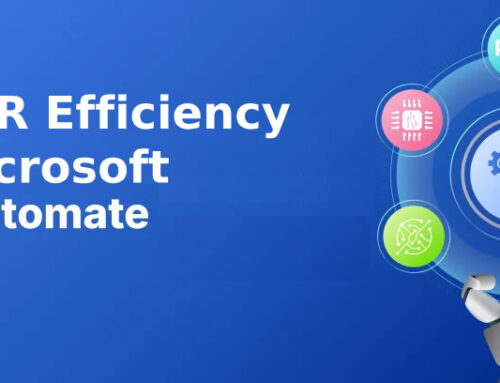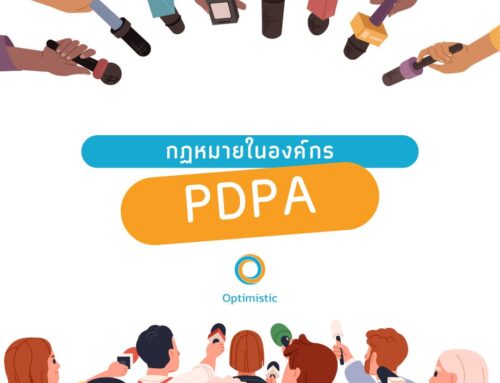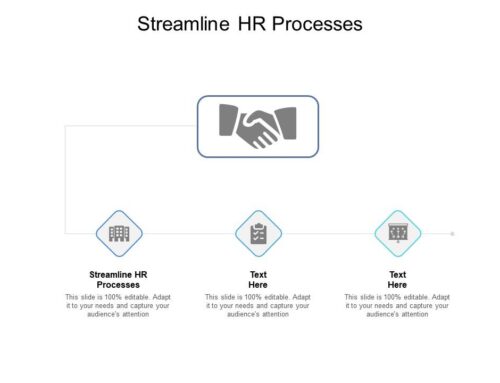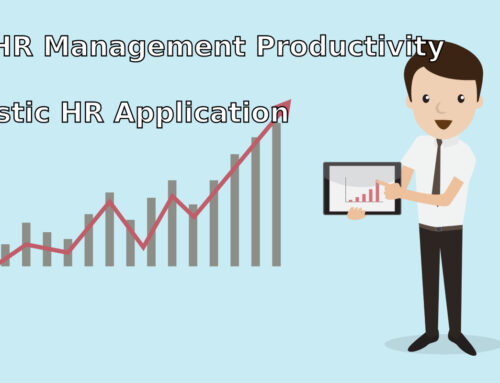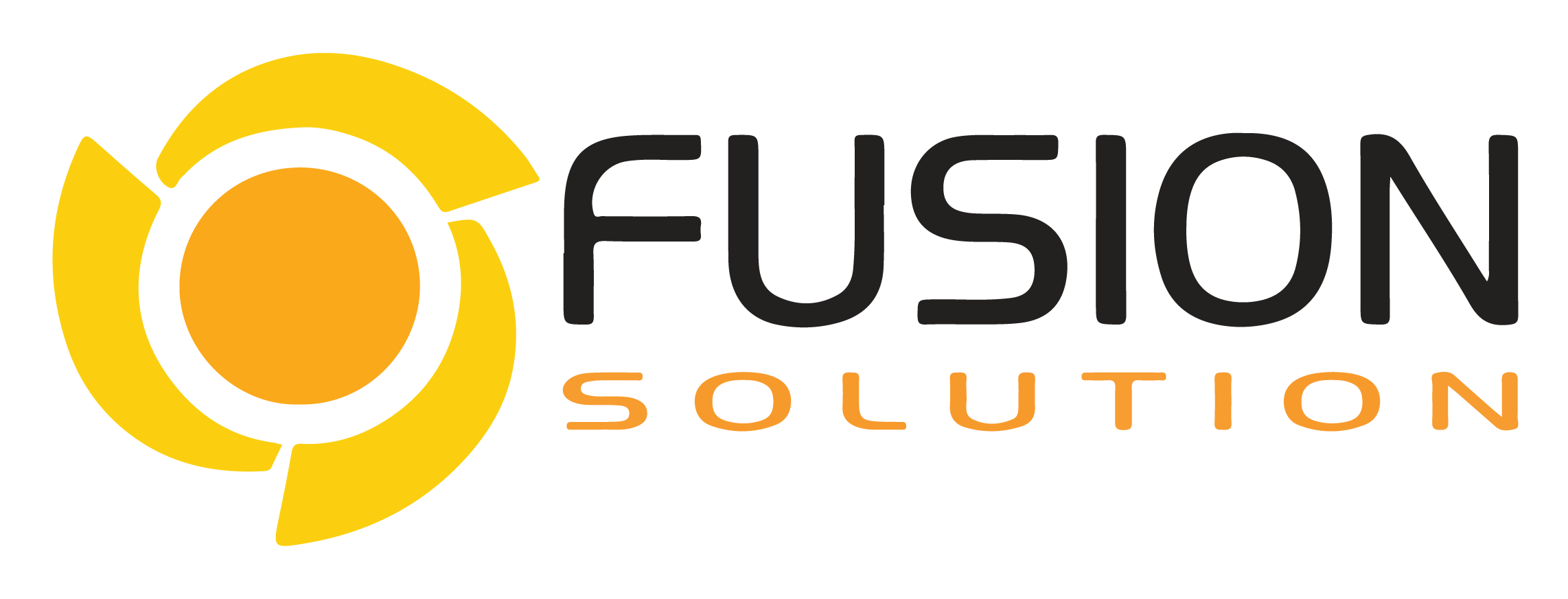A Day in the Life of HR: Key Activities to Keep Your Organization Thriving
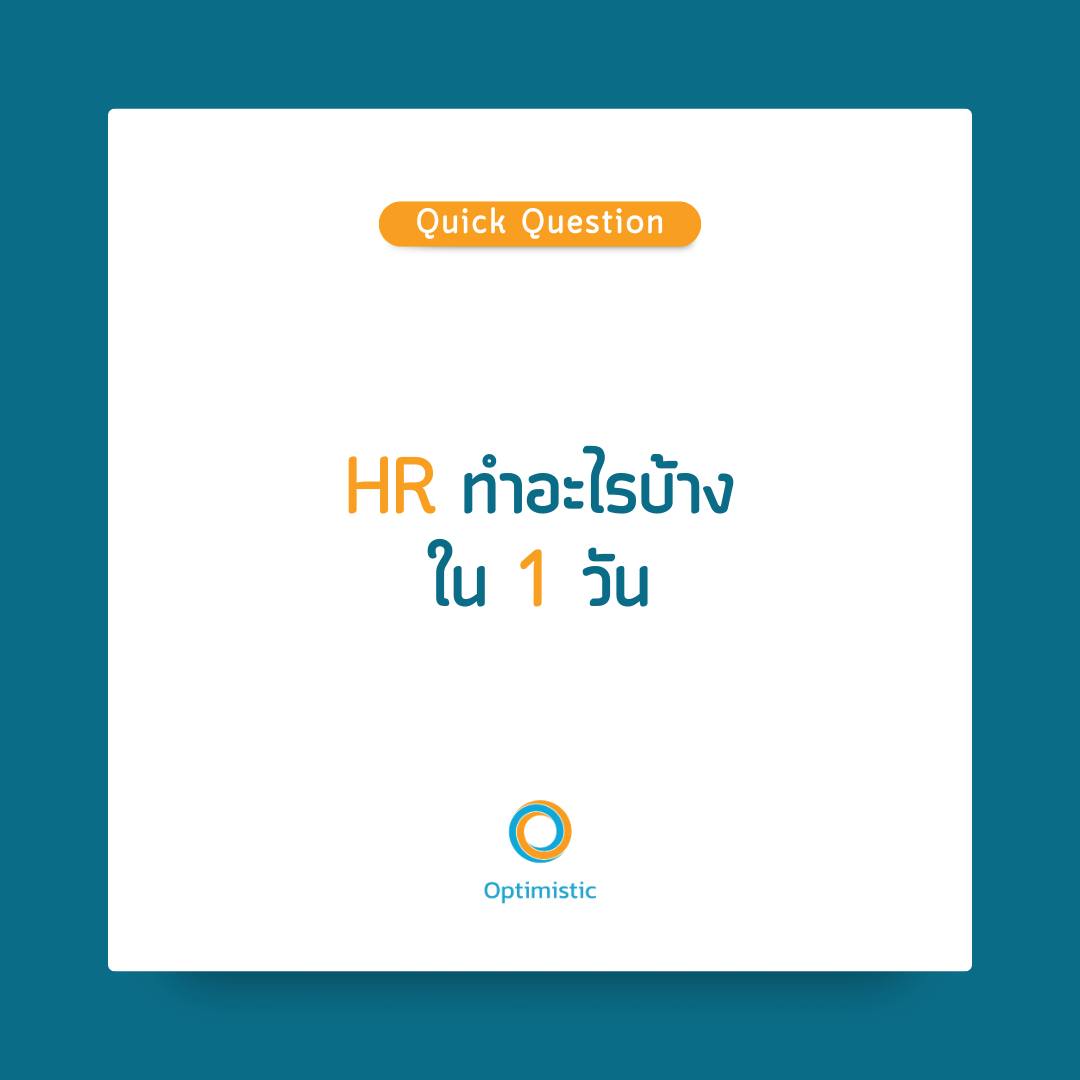
Human Resources (HR) plays a vital role in ensuring an organization runs smoothly. From managing communications to planning training sessions, each task contributes to a productive and positive workplace. Here’s a look at what a day in the life of HR typically involves and how these activities support organizational growth and efficiency.
Checking Emails and Communications
The HR team starts the day by reviewing emails and internal communications. They respond to employee inquiries, resolve urgent issues, and stay updated on ongoing matters. Effective communication ensures employees feel supported and informed.
Managing Resignations and Layoffs
HR handles resignation requests, reviews layoff considerations, and ensures that company policies are followed. They update records in the HR system and ensure a smooth transition for departing employees. Managing these processes professionally maintains trust and minimizes disruption.
Interviewing and Recruitment
Recruitment is a core HR function. When there are vacancies, HR schedules and conducts interviews to find the best candidates. They evaluate qualifications, cultural fit, and skills to ensure new hires contribute to the company’s success.
Organizing Training and Development
Continuous learning is crucial for business growth. HR plans and organizes training programs to help employees acquire new skills and enhance their performance. From workshops to online courses, these initiatives boost individual and team productivity.
Conflict Management
Employee conflicts can arise in any workplace. HR acts as a mediator, helping resolve disputes to maintain a positive work environment. Addressing conflicts promptly fosters a culture of respect and collaboration.
Performance Evaluation
HR conducts performance evaluations to track employee progress and recognize achievements. They gather feedback from supervisors, analyze performance data, and provide constructive feedback. These evaluations help identify areas for improvement and growth opportunities.
HR Strategy Planning
Strategic planning is essential for long-term success. HR attends meetings to develop strategies for enhancing company culture, employee engagement, and retention. A well-planned HR strategy aligns with organizational goals and fosters a supportive work environment.
Checking Employee Satisfaction
Employee satisfaction is key to retention and productivity. HR regularly gathers feedback through surveys, one-on-one meetings, and anonymous forms. Understanding employee concerns helps HR improve workplace policies and culture.
Policy and Process Updates
Workplace dynamics evolve, and HR policies must adapt. HR reviews and updates policies to meet current needs and ensure compliance with labor laws. Clear and updated policies help employees understand expectations and procedures.
Mentoring and Supporting Employees
HR provides support through mentoring and open-door discussions. Employees can discuss career goals, challenges, or workplace concerns. This supportive approach helps build trust and enhances employee well-being.
Streamlining HR Processes with Technology
Technology plays an increasingly important role in a day in the life of HR. Tools like Optimistic App help streamline tasks such as payroll, performance management, and onboarding. By automating routine processes, HR professionals can focus more on strategic initiatives and employee engagement. Leveraging technology ensures HR processes are efficient, accurate, and scalable, contributing to the overall success of the organization.
Why These HR Activities Matter
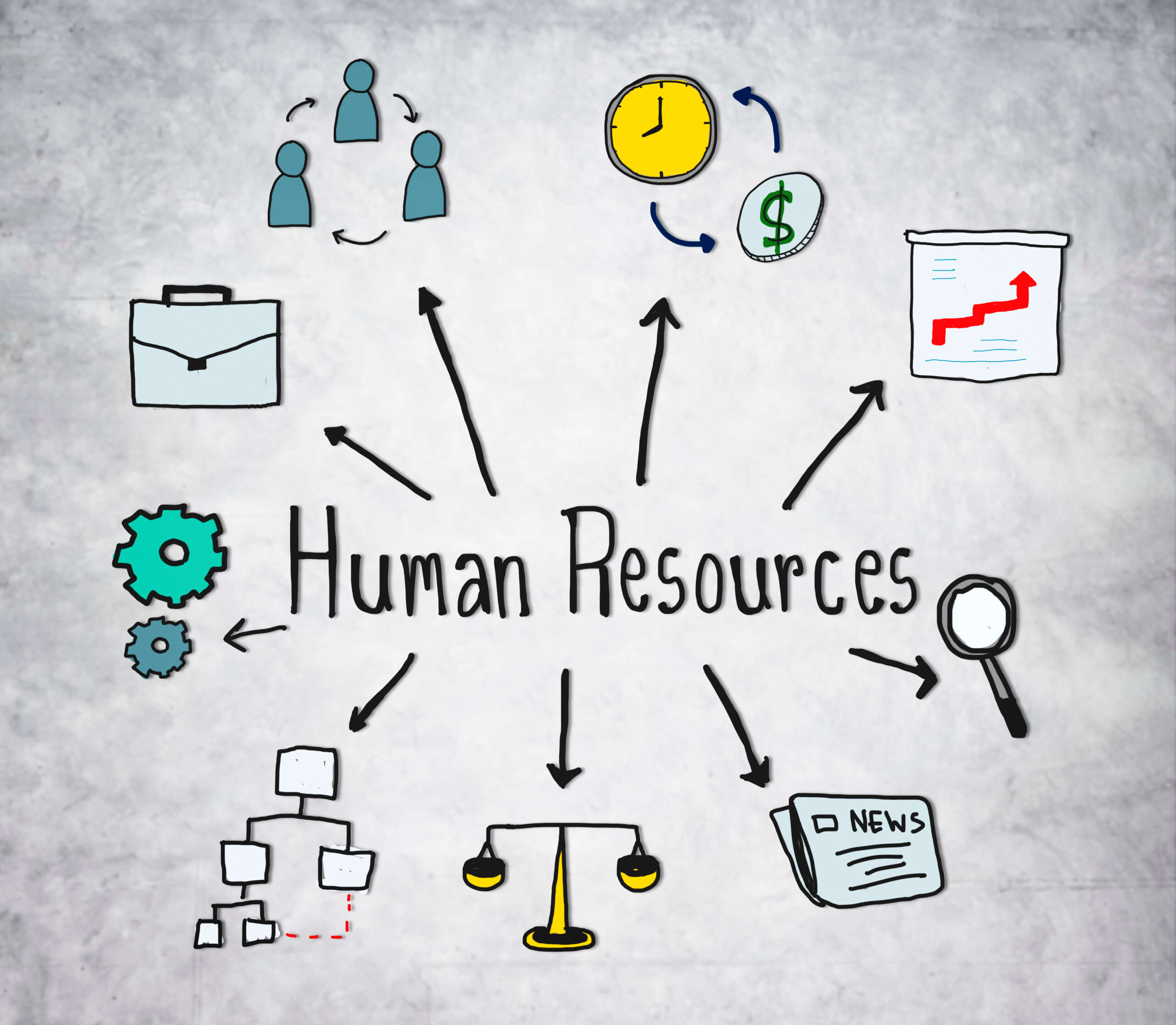
Each activity in a day in the life of HR supports organizational success in the following ways:
- Improved Communication: Ensures smooth information flow and quick problem resolution.
- Efficient Recruitment: Brings in the right talent to drive business growth.
- Employee Development: Enhances skills and job satisfaction.
- Conflict Resolution: Maintains a positive work environment.
- Strategic Planning: Aligns HR goals with business objectives.
Conclusion
HR professionals juggle multiple tasks daily to keep the organization thriving. From handling communications to planning strategic initiatives, each activity ensures employees feel valued and supported. Optimizing HR processes with tools like Optimistic App helps streamline these tasks, making HR more efficient and effective.
Discover how Optimistic App can enhance your HR workflows and empower your organization today!
Recommended other products
If you are interested in the productivity software of our Company, Fusionsol, you can check the following products.
Jarviz (Online Time Attendance Application)
Veracity (Digital Signature)
Cloud Account (Online Accounting)
Optimistic (Human Resource Management)
Fusion Solution Blogs
- How to : สอนใช้ Fusion Chatbot?
- How to Use Power BI Portal
- 5 Best Chatbot 2024
- วิธีสร้าง Sales ChatBot by ChatGPT
- ปัญญาประดิษฐ์: AI
- Microsoft มีเครื่องมือด้าน AI อะไรบ้าง
Related Articles
Share This Story
Search

